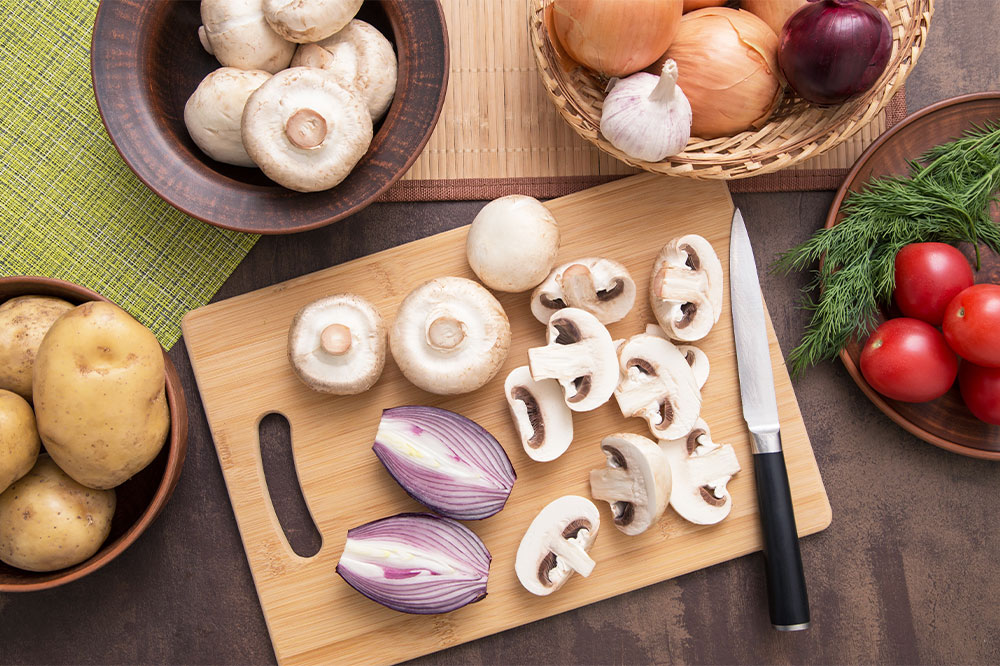
3 tips for diabetes management
High blood sugar or hyperglycemia is associated with prediabetes and diabetes. The body generates insulin to manage blood sugar levels. But when the liver produces excessive glucose, and the body makes little insulin or fails to use insulin, it leads to high blood sugar levels. The condition can leave one tired and thirsty, cause blurry vision, and result in the frequent urge to pee. Read on to know some treatment plans for diabetes management:
Treatment options for diabetes management
Invokana®
It is an excellent treatment plan that works in tandem with the proper meal plans and exercise to lower high blood sugar levels in those with type 2 diabetes. Invokana ® also reduces the risk of death from stroke or heart attack. Plus, it helps decrease the risk of end-stage kidney disease and worsening of kidney function.
GlucoTrust
GlucoTrust promises to help maintain healthy blood sugar levels, reduce one’s craving for sugar and unhealthy foods, and support deep sleep. It also claims to have a formula of all-natural ingredients. However, it is strongly advisable to consult your doctor before opting for supplements like GlucoTrust since it may not bring the desired results in all cases.
Kerendia®
It is an FDA-approved prescription treatment that aids in lowering the risk of complications in people with Type 2 diabetes. Kerendia ® is typically recommended for people with end-stage kidney disease associated with type 2 diabetes. It is available in two strengths of 20 mg and 10 mg.
Dexcom G6 CGM System
This tool helps decide diabetes treatment decisions sans any fingersticks or calibration. The Dexcom device is FDA-approved and helps one see glucose data in real time and also share the results with their close ones. You can opt for customizable alerts too to check if your glucose levels are too high or too low.
Insulin therapy
Insulin therapy helps the body function by introducing artificial insulin into the system. Type 1 diabetics should take the treatment every day. But, doctors recommend insulin therapy in people with type 2 diabetes when other treatment options fail to keep blood sugar levels in check. The treatment is administered through subcutaneous insulin injections.
Foods to eat and avoid for managing diabetes
Foods to eat
Raw, roasted, or cooked vegetables
Reach out for low-carb vegetables like onions, mushrooms, Brussels sprouts, tomatoes, and zucchini that add no empty calories to your system. The veggies add texture, flavor, and color to the meal, making you inspired to eat properly. You can try them with dips, low-fat dressings, salsa, and seasonings.
High-fiber foods
You can fill up on high-fiber foods like whole grains to avoid snacking on chips or other unhealthy items. Add legumes like lentils, peas, and dried beans to your regular meal plans.
Nuts and nut butter
If you have nuts such as almonds and peanuts in doctor-mandated quantities, they can help regulate your blood sugar levels. Eating around 2 ounces of tree nuts daily may help to significantly reduce fasting blood sugar levels and hemoglobin A1C in people with type 2 diabetes.
Foods to avoid
Sugar-sweetened beverages
If you have diabetes, sugary beverages can be one of the worst choices for your health. These have a high fructose content, which is often associated with diabetes and insulin resistance. Excessive consumption of sugary beverages also puts you at the risk of developing fatty liver disease.
Carb-rich processed foods
Pasta, rice, and white bread are processed foods that can cause a spike in sugar levels in people with type 1 and 2 diabetes. The processed foods lack fiber content, which intervenes with sugar absorption in the blood.
Sweetened cereals
If you have diabetes or are at risk for the condition, you must keep cereals out of your meals. Regardless of what the boxes claim, they are highly processed and have more carbs than you probably realize. They also lack protein content, a nutrient necessary to stabilize blood sugar levels.
Lifestyle tips for managing diabetes
Get adequate sleep
Getting adequate sleep for seven to eight hours is quintessential for your health. Poor sleeping habits can have an adverse effect on your insulin sensitivity and blood sugar levels. They also heighten the risk of type 2 diabetes. Further, sleep deprivation also raises cortisol levels and increases blood sugar levels.
Manage your stress levels
Stress can have a detrimental impact on a condition like diabetes. When stressed, the body releases cortisol and glucagon hormones, which aggravate blood sugar levels. Indulging in relaxation techniques like meditation and art can help lower stress and keep blood sugar levels in check.
Do not neglect exercise
It is one of the fastest and most effective measures to maintain blood sugar levels. Exercising makes the body insulin-sensitive. When you indulge in physical activity, the body’s glucose requirements increase. This leads to the cells producing glucose, resulting in a decline in blood sugar levels.
Stay hydrated
Hydration is quintessential for a healthy lifestyle for everyone. But, it is all the more important for people aiming to reduce their blood sugar levels. Drinking ample water facilitates the removal of excess sugar from the body via urine, thus keeping your blood sugar levels in check.
Get regular checkups
Your A1C levels showcase the consistency of your blood sugar levels over time. Awareness of these levels can help you understand how well you are managing diabetes.
Conclusion
Regular exercise and insulin administration are the two prevalent ways to lower blood sugar levels for diabetes management. But, if your urine has ketones or you show alarmingly high blood sugar levels, you may be required to go to an emergency room immediately. At any time, if you find it tricky to keep your symptoms in check, you can get in touch with your primary healthcare professional for advice.





